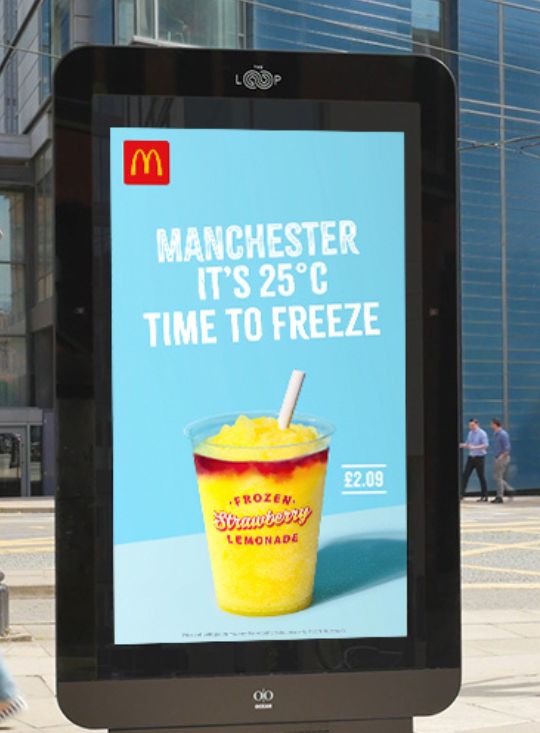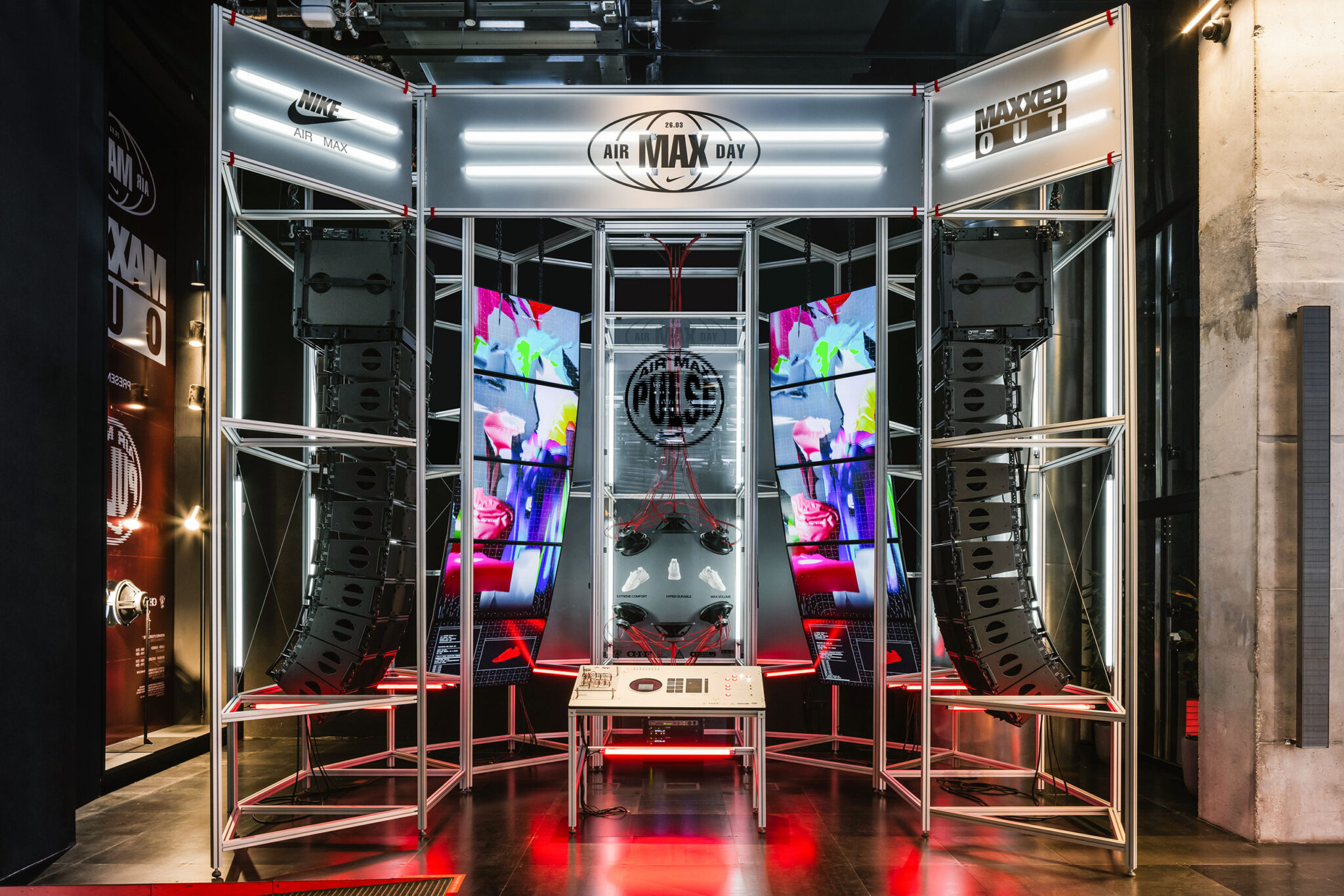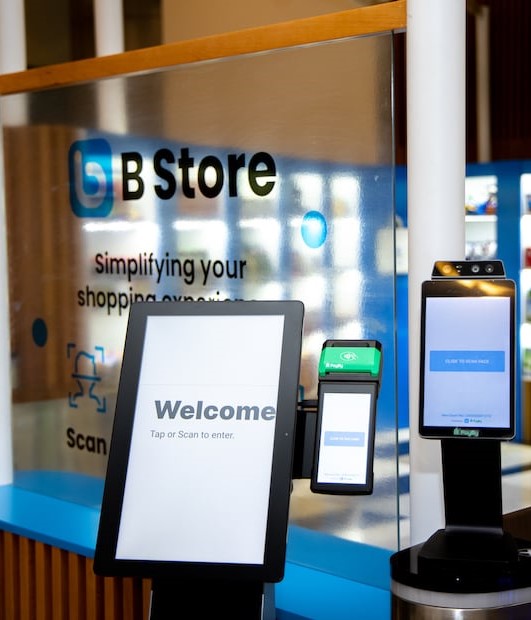AI and the retail shopper journey: The future is here
Embracing AI as part of the marketing toolkit is key for businesses that want to stay ahead of their competitors. In the words of Google’s Sophie Neary:
‘You are not competing with AI. You are competing with companies who use AI better than you do’.
AI promises to revolutionize how brands engage with consumers at every stage of the shopper journey - from pre-campaign consumer analysis, to streamlining conversion. Both generative and analytical AI will become essential tools in optimizing marketing effectiveness to win the future consumer.
So how can brands do it best?
In this article, we examine the opportunities AI is offering at each stage of the retail shopper journey to strengthen consumer-brand relationships, and we look at examples from retail brands ahead of the game, as well as activations from other sectors for key learnings and best practice examples.
1. Understanding the Consumer
Before the shopper journey even begins, a comprehensive understanding of the target customer profile lays the foundations for an effective campaign. AI can be used to extract and detect patterns in customer data to deliver specific insights.
L'Oréal’s artificial intelligence tool ‘Trend Spotter’ is an example of AI that analyses millions of comments, images and videos across online platforms to spot trends early, allowing the brand to tailor their products and marketing accordingly. This transformation in understanding digital customers can be harnessed for the physical in-store experience too.
77% of consumers believe AI will create more personalized and relevant marketing experiences (StoryStream, 2023)
Eye-tracking supports brands to understand consumers’ subjective behaviour and predict their decisions. In both on and off-trade environments, AI can filter through eye-tracking data to spot patterns and subtle nuances, which brands can then use to pre-empt future consumer decisions.

2. Accelerating Trends
With the trends influencing consumer decisions changing faster than ever, it is critical brands stay on top of these to create in-store propositions that resonate with customers. Dwindling attention spans mean smaller mental availability windows, but AI can offer brands the agility to create and adapt campaigns at speed to keep pace.
Many brands are already using AI to speed up the creation of new ranges based on trends. The Bel Group (BabyBel, Boursin, Laughing Cow) is using AI technology to create plant-based versions of their cheeses. The technology matches texture, taste and nutritional value to appeal to increasingly eco and health-conscious consumers.
Tommy Hilfiger has initiated a partnership with IBM and The Fashion Institute of Technology (FIT), using AI to identify trends ‘faster than industry insights’ and create designs based on these reports.
As trend-defining platforms like TikTok challenge traditional retail with their own in-app stores, in-store shopper journeys need to be looking towards AI to support them in keeping up with the speed of evolving trends.
3. Adaptability
Online, AI can support brands to tailor campaigns depending on seasonal and environmental conditions to improve their effectiveness. Tailored emails based on time-sensitive events - such as BBQ recipes for a heatwave or Sunday beverage offers on bank holiday weekend - can be triggered by AI identifying these environmental shifts.
This can be used to elevate and tailor the in-store shopping experience. Connected digital-out-of-home (DOOH) media networks deliver messaging appropriate to the environment across multiple touch points at short notice.
McDonald’s has created weather-reactive campaigns utilising the power of this advancing technology. When temperatures rose above 22 degrees Celsius in the UK, they used DOOH to promote their iced range of beverages. If temperatures rose above 25 degrees, the campaign updated to include the live temperature and city name – a step further to increase engagement through personalization. Studies show the weather can significant impact emotional states (Humboldt, 2018) and hence our attitude to spending, so brands should look to create environment-adaptive marketing for the in-store retail journey too.


4. Personalization
Hyper-personalization offers the biggest opportunity to improve customer-brand relationships. AI algorithms can support brands to do this better, easier and faster.
81% of consumers want their shopping experience personalized in some way (McKinsey, 2022)
In the digital and online space, Instacart is adding AI-based chatbot technology to provide recommendations based on grocery purchases, from recipe content to additional ingredients. Eventbrite’s localized entertainment guides offer location-personalized targeting, whilst in the on-trade, Boxpark’s Black Card notifications activate on smartphones when potential visitors are in the vicinity of a venue.
Many brands are taking digital personalized experiences in-store. Sephora in Shanghai has installed a touch-screen skincare analysis tool that assesses customers’ skin types and provides them with instant product recommendations. Nike’s flagship store in Paris features an AI-powered image-mixing table, allowing visitors to create their own shoe designs.
5. Conversion
Where in-store AI advancements are currently accelerating the most is the end transaction. Retailers implementing AI-driven checkout solutions have observed up to a 30% reduction in wait times and a 40% increase in transaction speed (Retail Gazette 2024), with solutions such as Uniqlo’s radio frequency self-checkouts and B-Store’s face pay technology in Abu Dhabi streamlining the payment process.
Reducing friction within the payment process streamlines the shopper journey to the very end, but increases customer satisfaction in the final stages of the path to purchase, leaving a positive last memory and interaction with the brand, and an increased likelihood of returning.

How do brands approach AI?
AI presents a wealth of potential for brands to elevate the in-store shopping experience and create new ways to connect with consumers. But they should approach with caution, or risk damaging the trust they have built with their loyal consumers.
Transparency is crucial.
94% of consumers want more transparency and regulation around the use of GenAI in marketing and advertising, and 58% would be more likely to trust a brand that openly discloses its use of GenAI technology. (StoryStream 2023).
Brands should not be afraid to use AI; with many already paving the way, it is already an essential tool to keep pace. The key is not to disconnect from the customer, as authenticity still lies at the heart of the customer relationship. Customers still want that human connection, and hence brands should seek to ensure this does not get lost through harnessing AI’s biggest benefit: it gives us more time to be more human. This increased availability can provide space for more invaluable insights that develop those more personalised and meaningful engagement. Explore our previous article on wider strategies for AI for good.
AI will shape the future of marketing, and in the new digital age, it is imperative for brands to actively explore it within their retail shopper journeys to keep up with consumer demands. To keep winning in shopper, driving conversion and ensuring maximum ROMI, brands must fully embrace AI, and the opportunities and capabilities it offers.


